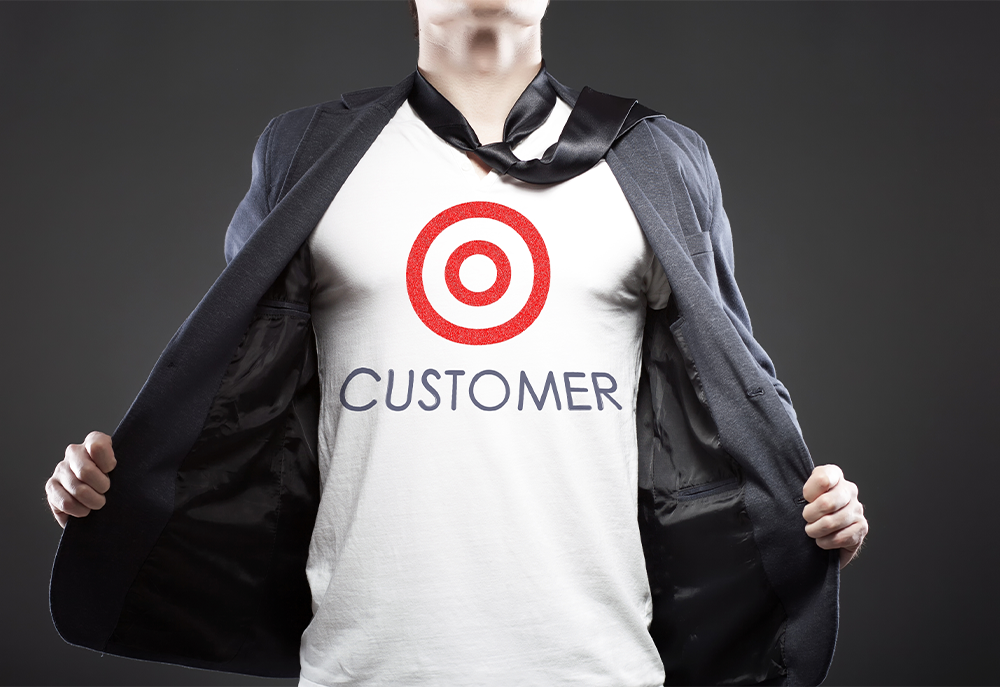
Intent data clues you in on the behavioral patterns of your potential buyers. It essentially tells you who are more inclined to buy or convert. Naturally, this gives B2B sales and marketing teams something of an advantage as they pursue their goals—they just need to reach out to those who are more likely to convert, right? Well, yes, but it’s critical to approach intent data with a sound strategy in place to guide efforts in a clear and orderly manner. Here are the key elements that you want to consider.
Focus On a Single Use Case
Intent data can cover numerous levels of the customer lifecycle—from the very top when you’re trying to attract new customers all the was to post-sale scaling with your existing customer base. It’s tempting to do all at once to maximize your potential, but it can be very overwhelming and confusing. A better idea is to focus on one use case at the expense of the rest. Many, for example, prioritize mid-funnel account prioritization. That is, identifying which accounts are worth making the effort to nurture.
It’s a great place to start because intent data in this regard will focus on those who are currently actively researching your products and services. They’re past the point of needing marketing and sales materials—they’re interested but likely have a few questions that are left unanswered. The advantage here is that understanding what they’re looking for at this stage gives you the opportunity to reach out and provide those answers—effectively “sealing the deal.”

Clarify Your Goals to Your Team
The thing with B2B intent data is that it’s only useful when utilized properly. You might be able to sort your accounts/leads lists according to those who are most interested and most likely to buy, but you can’t just leave it at that. Nothing can be more frustrating than having your intent data pointing your teams in the right direction only for those teams to drop the ball. This can happen when nurturing efforts aren’t aligned to match what the intent data indicates.
That’s why it’s critical to get buy-in from all your customer-facing teams so they know exactly the value of the intent data that they’re getting. Specifically, they need to know to look for the questions that remain among those who have expressed clear interest and intent to buy. This way, the materials that they send, the approach they take will all serve to answer those questions and address the customer pain points—pushing them further down the funnel into a sale.
Create a Baseline Metric
It’s important that you also test the utility of the intent data you’ve gathered. Herein comes the baseline metric. Check your conversion rates and sales performance prior to utilizing intent data or applying intent data to any of your efforts. This should then be compared to conversion rates and sales performance when you have already begun to utilize intent data to guide your efforts. This is particularly key when you’re using intent data for account prioritization.
This serves two purposes, ultimately. First, it allows you to gauge the quality of the intent data you have. If your performance numbers are no better—or worse—than before you used intent data to guide your efforts, you have a quality issue here. Second, metrics allow you to gauge the success of the approach you’re currently taking as a whole. Perhaps, for instance, refinements in your nurturing program are in order to improve those numbers.

Understand Key Topics to Monitor
The way intent data works is by monitoring topic-clusters as searched for by your prospective leads to determine just how deep they are into making a purchase for a particular product or service. Those that are top-of-the-funnel likely have very broad and generic product categories. As they progress further along that funnel and start to zero-in on exactly what they’re looking for, those topics become far narrower and more specific.
Keeping an eye on these topics on top of the lead score that intent data gives you is invaluable in tailoring your approach to what pain points they need addressed essentially before making a final purchase decision. The key lesson here is not to just focus on the fact that a lead or target account is on the verge of making a purchase but also to extract from the data what it is that’s holding them back from finalizing a purchase. This goes a long way towards utilizing B2B intent data to push them to buy.
Of course, if you do want quality B2B intent data from the get-go, it’s better to go with a trusted and proven provider. On top of quality intent data, we also offer lead generation services—drawing from our database of over 70M+ leads across nearly all countries and industries globally. You’re bound to find target accounts aligned with who you want to sell to. We also provide content syndication services to ensure your best content is placed in front of the people who need to see it the most.
So, talk to us. Tell us exactly what you need to ensure that your marketing and sales efforts are on-point and we’ll be more than happy to help.










